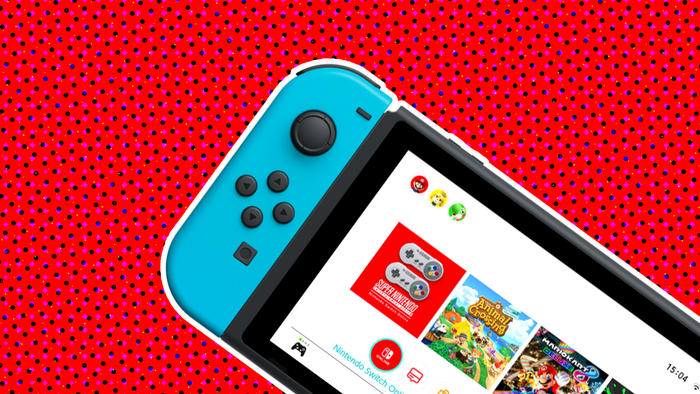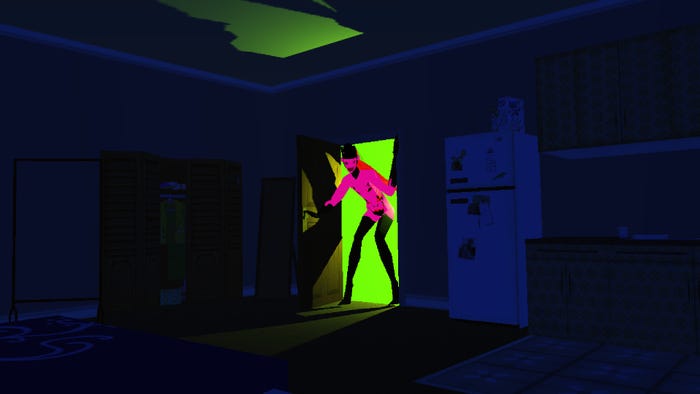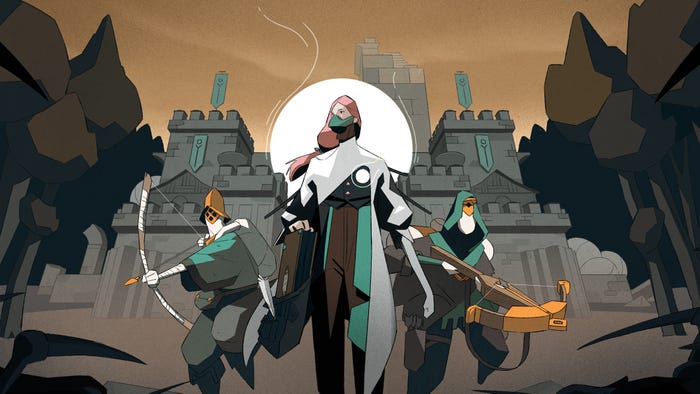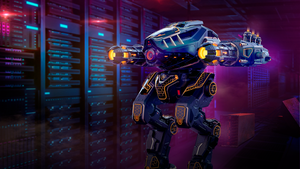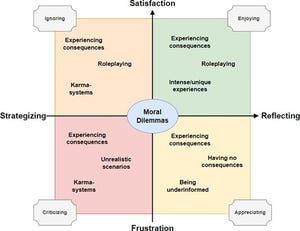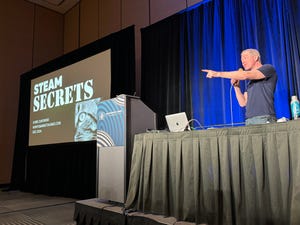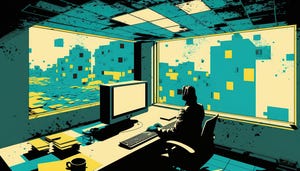Steam Controller Integration and Linux Development
We got the Steam controller integrated into our game engine very quickly, and it's amazing. I've also tackled several more obstacles on our road to making Leadwerks run natively on Linux, editor and all.

Integration of Valve's Steam controller was easy, although I didn't write it myself. One of my programmers got this working in a few hours, and we rolled it right into the engine. Having played around with the device for a few days, I'm blown away with the fidelity of controls it allows. This is a gamepad I can actually use, and I already beat the last bonus map on Portal using it.
With all the excitement of the Steam release and Steam Dev Days behind me, I have literally nothing else to work on but Linux and small bug fixes for the Steam users. Together with the recent solution of two long outstanding problems, the pace of development is picking up, and you can expect more frequent updates from me.
I started investigating the right-hand side panel. This contains four tabbed panels filled with various tools the editor uses. I noticed the bottom of the window was being hidden behind some mystery panel I didn't recognize. I added a function that colored the entire interface random colors every frame, which led to this amusing screenshot. Yes, this is actually a real development screenshot of Leadwerks for Linux.

Coloring the panels didn't reveal anything to me, but after looking through my code I soon found the culprit: a tabber widget had been created on the main window and forgotten, and it just didn't show up in front in the Windows version. So I put it out of its misery and everything was better.
The asset browser allows you to view all files in your Leadwerks projects. With recursive and search options, it can be used to quickly find any file or group of files. This had some miscellaneous problems with event handling I fixed.
Default fonts on Ubuntu are quite large compared to Windows and Mac, and this requires some reworking of UI elements. However, I haven't run into any places yet where this requires a significant redesign. I found that button images work best when the button is given a padding of 6 pixels. In other words, the button size minus 12 is how big the image should be.

With this part of the editor working nicely, it's starting to feel like a real application. Having an advanced tool like this that can run natively in Linux is pretty intriguing because it means being free from Windows and doing the kinds of things I want to do on Linux. So we're one step closer to delivering on the promise of this campaign.
Read more about:
BlogsAbout the Author(s)
You May Also Like



